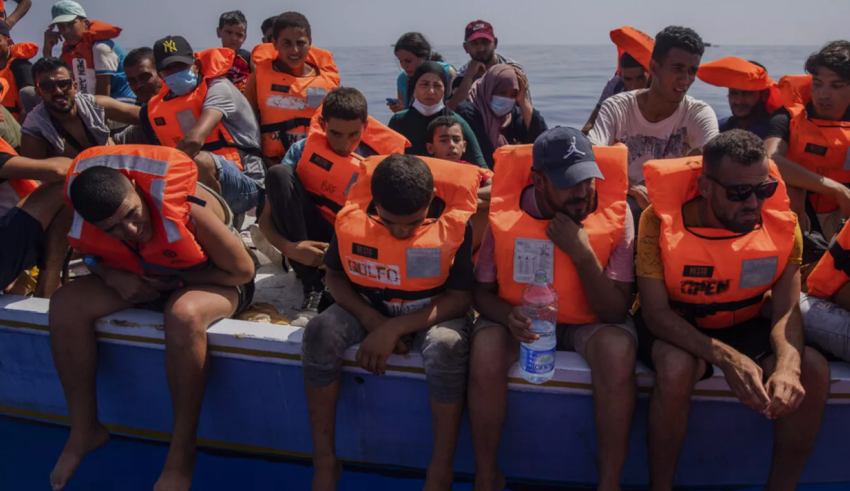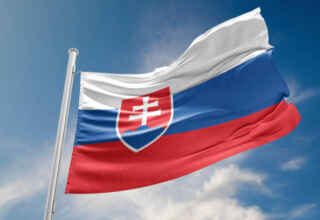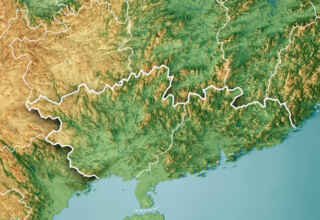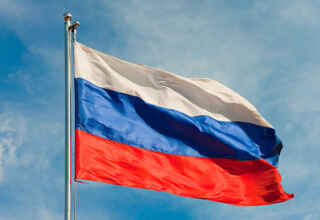
On October 3, 2013, a barge coming from Libya was shipwrecked in the Mediterranean lands in order to reach the small Italian island of Lampedusa. Prior to their arrival, with the intention of being seen and rescued, a blanket was set on fire, which unfortunately engulfed the entire boat and set it ablaze, causing the death of 368 people. Lampedusa, without the resources to accommodate all those who survived and those who died, suffered its first migratory crisis. After the devastating news, many European authorities, trying to assimilate the magnitude of the tragedy, showed their condolences, but was this action a turning point for European migration policy?
10 years later, the migratory chaos has returned to Lampedusa stronger than ever. In the last two weeks, more than 10,000 people from Tunisia have arrived on the island, creating an untenable situation.
The island of Lampedusa has an area of barely 20 square kilometers and a population of 7,000 people, so the resources to help the immigrants are minimal. In Contrada Imbricaola, the reception center for 400 immigrants, the situation is untenable as it is currently hosting 2500 people, many of whom have entered the facility by jumping over fences and windows. Many of them spend the day standing in long lines, sleeping in the street with no warm clothes other than the few blankets that the Italian government, neighbors, and some NGOs have been able to reach. As several of them have announced, they survive the day with almost no food, only with a couple of cookies they are able to get.
The neighbors are devastated and very concerned about the situation. Many of them have taken in several people at home, and others have provided many resources, such as food or blankets, to make their stay more pleasant. The neighbors seek help from the government and the European Union as many fear for their future since the island relies on tourism, and this incident can put this sector in danger.
After the large influx of migrants, the island’s mayor, Filippo Mannino, declared a state of emergency on the island. On September 17, Georgia Meloni invited the President of the European Commission, Ursula von der Leyen, so she could see for herself the magnitude of the situation. After the visit, a communication was issued stating that a European plan will be activated to control legal immigration, such as maritime surveillance, and an increased support to Frontex to ensure that returns are carried out more quickly, extending to 18 months the period of detention for those seeking repatriation.
Many organizations, such as the UN’s International Organization for Migration (IOM) spokesman, have announced that what is happening in Lampedusa is not a migration crisis but an operational crisis that could have been foreseen in some way. After the great waves of immigration that Mediterranean Europe has seen in the last few years, the Italian government could have prepared Lampedusa during the last few years for such an event, which the government has refused to do so far.
Whoever is responsible for what is happening in Lampedusa, the situation of the immigrants and the tourism sector of the island is in danger. Both the Italian government of Meloni and the European Union have announced new measures; however, once again, it remains to be seen if the European migration policy will finally be improved or if this event has been another of many more that will be forgotten.
By The European Institute for International Law and International Relations.












